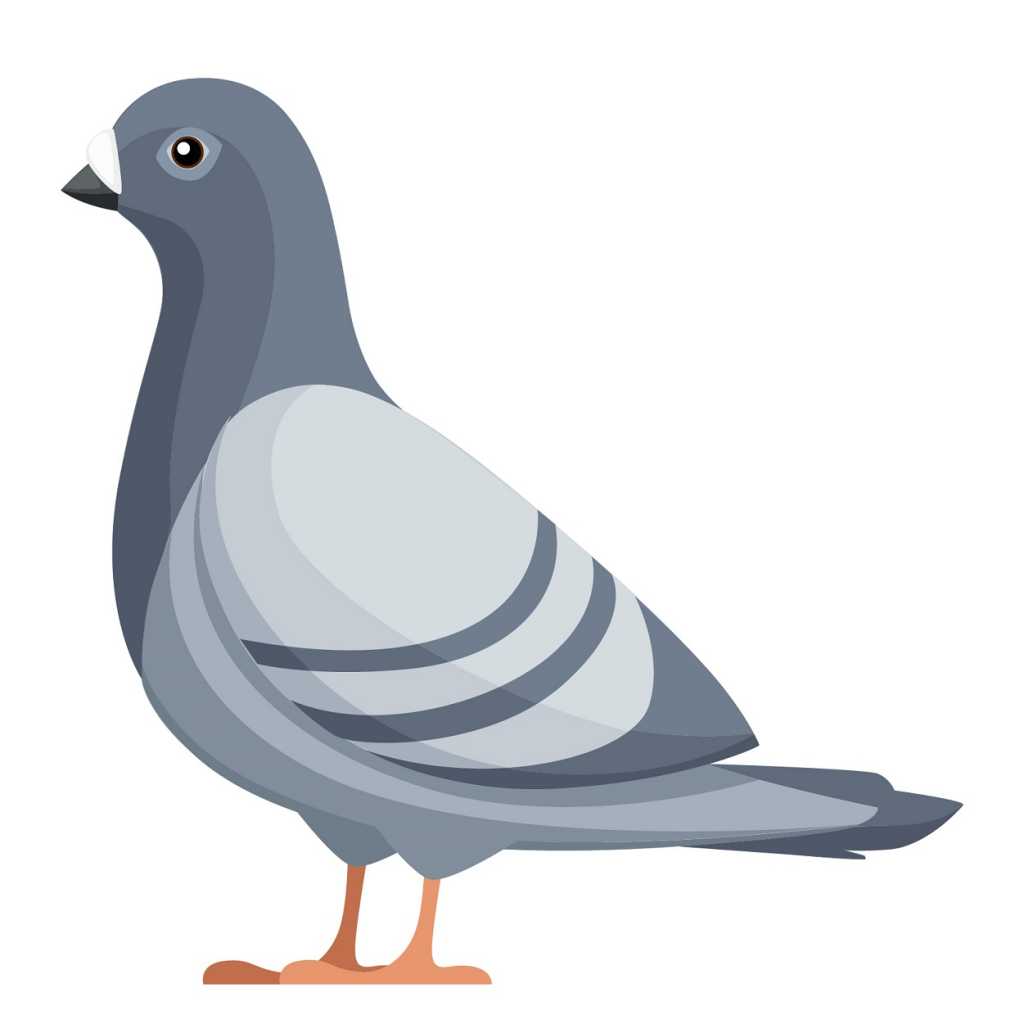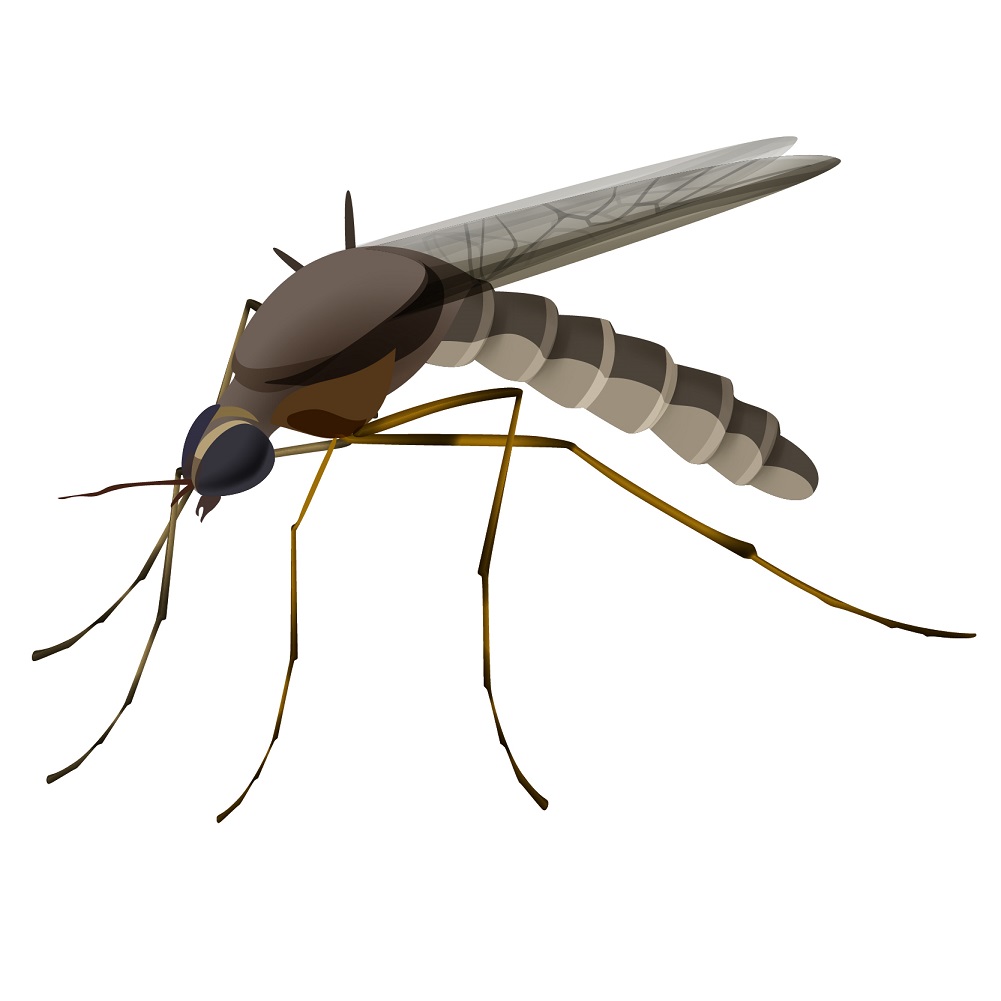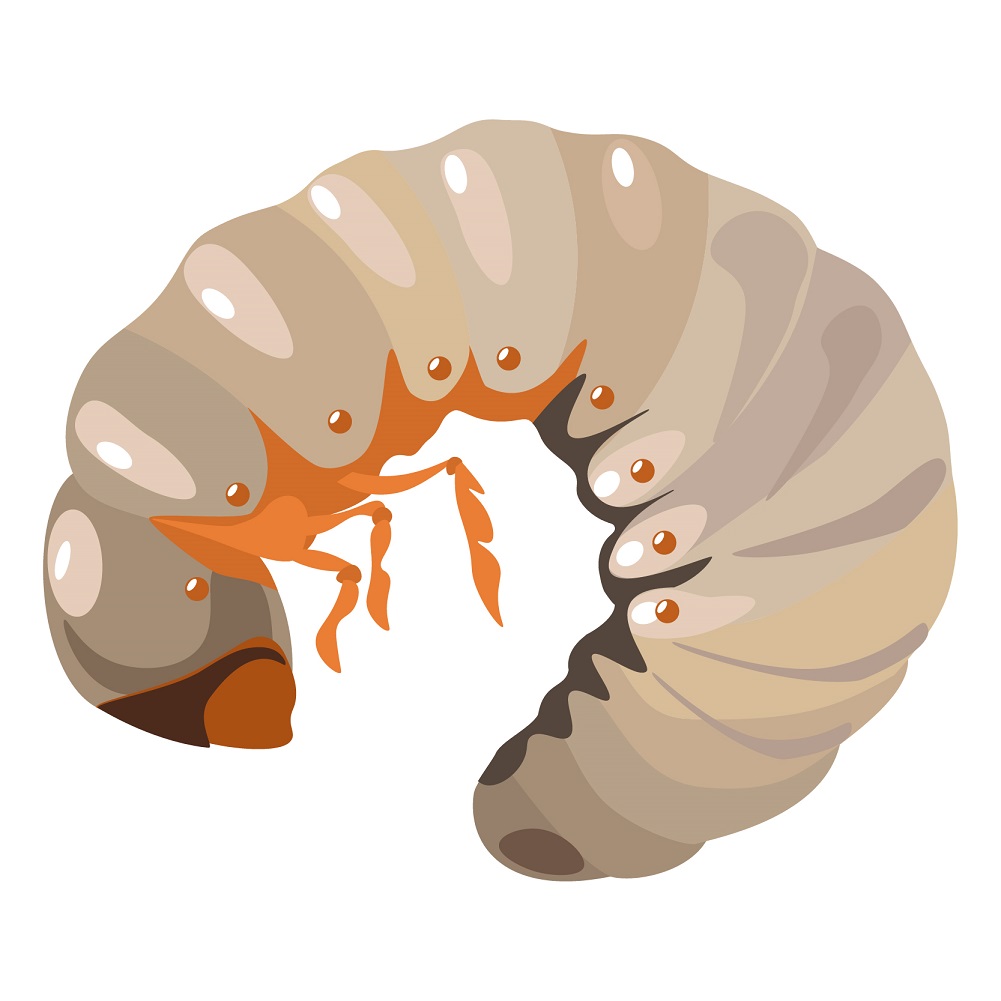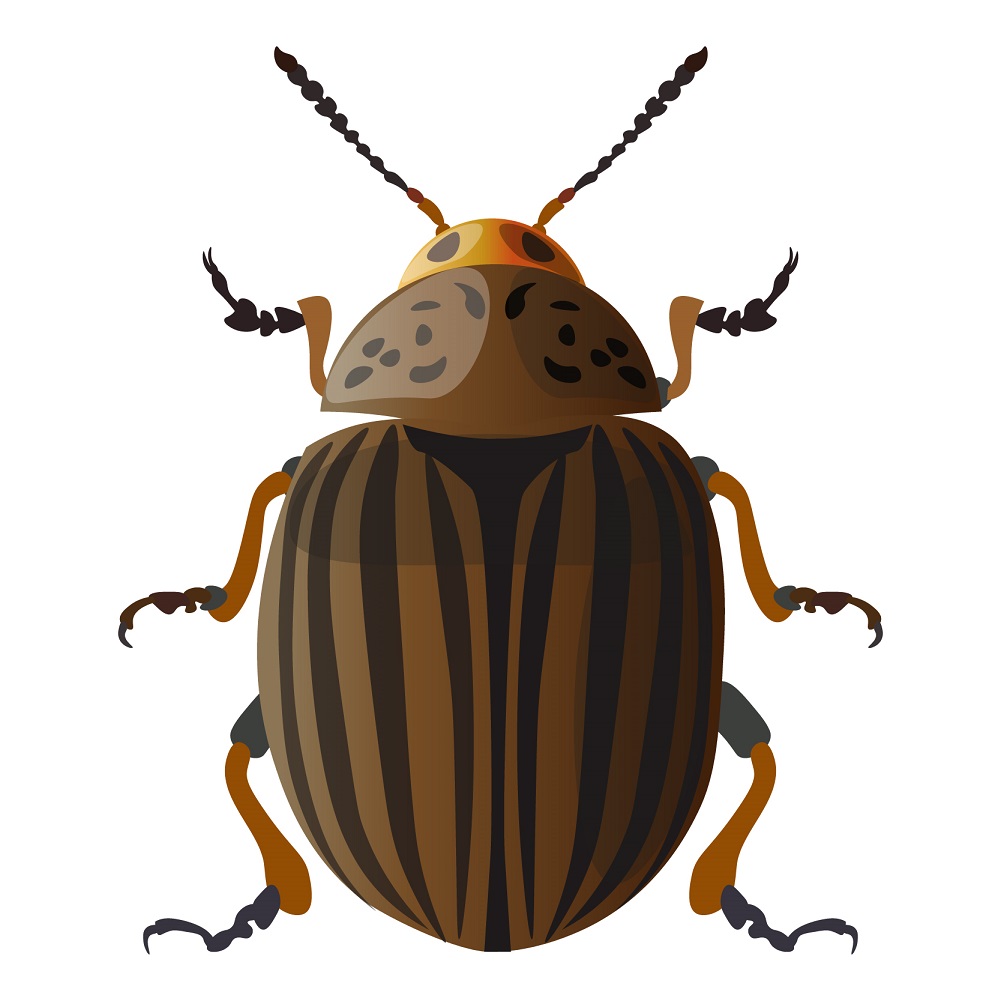The Many Different Types of Pest [Glossary]
Finding pests or witnessing signs that you’re not living alone can be very alarming – so to ensure you recognise what type of pest you might be facing and to understand what you should be looking out for, read on for our types of pest glossary. ClearFirst are here to help customers understand the immediate signs of a pest infestation before buying or renting a home or property. To find out what type of pest is living in your property, rent-free, read on…
Ants

In the UK there are different types of ant species including Carpenter Ants, Pavement Ants, Thief Ants, ants with wings and ants with stingers. Generally ants are dark in colour, typically black or brown, with three segments that make up their body. The majority of ants you will find measure around 4mm-6mm with the exception of queen ants, who are much larger and can grow up to 15mm in length. It’s unlikely you will see the queen though because they remain in the nest and produce millions of young.
Where you can find ants?
Ants outside tend to nest in dry soil, under weeds, flower beds and paving stones and on occasion, in walls and voids of buildings – which can entice hundreds of ants into our properties. Ants thrive both outdoors and indoors as long as there’s plentiful food available to them.
What do ants eat?
Ants will eat just about anything – from sweet foods and liquids to plants and meats, too! Ants find sugary fruits and even sweets, very delectable, as well as meat scraps and grease/oils.
What months are ants most active?
Ants are usually active from March to early October, so from spring to the end of summer.
Bed Bugs
 There are 3 species of bed bug: C.lectularius, C. hemipterus and L.boueti. The ones you’re likely to come across in the UK are C.lectularius and C. hemipterus as L.boueti like to feast on bats and live in tropical climates.
There are 3 species of bed bug: C.lectularius, C. hemipterus and L.boueti. The ones you’re likely to come across in the UK are C.lectularius and C. hemipterus as L.boueti like to feast on bats and live in tropical climates.
Where you can find bed bugs?
Bed bugs make really good hitchhikers and will infest upholstery such as suitcases, cushions and clothing – anything that leads them to a human environment. Why do they want to be near to us? Bed bugs live off blood and therefore, their prime place to live is in our beds. Bed bugs take between 5 and 10 minutes to feast on our blood and once they have had a reasonable intake, they will hide for 5-10 days until they require their next feed.
What do bed bugs eat?
Bed bugs like to feast on blood.
What months are bed bugs most active?
Bed bugs favour the summer, so expect to see them between June and October.
Cockroaches

Most common cockroaches measure between an inch and a half an inch, that said, there are species that can measure up to 3 inches! Cockroaches are flat, have six legs and a shell body that looks like armour. Their colour can vary between light tan and dark brown. Their bodies are oily and they leave marks behind, where their bodies have rubbed against a wall or skirting board.
Where you can find cockroaches?
Cockroaches come during the night time, they enjoy dark and moist places where they can feed, hide and breed. You’re likely to find cockroaches closeby to sewers, waste management sites and if they make their way indoors, behind refrigerators, sinks, under floor boards and in drains.
What do cockroaches eat?
Cockroaches feast on sewage, rotting wood along with more attractive delicacies such as sugary treats, starch substances and meats.
What months are cockroaches most active?
Between June through to August is when cockroaches are most active, however, as they’re hardy creatures, they’re still pottering around throughout all months.
Rodents
Including rats, mice and squirrels, rodents are animals with small, strong bodies, short limbs, long tails and are famously characterised by their long pair of incisors.
Where you can find rodents? If there’s a pest infestation in a property, you’re likely to find rats, mice and squirrels in the attic, inside walls, in basements or kitchens. Outside, you’re likely to find a nest in gardens, garages, sheds and drains.
What do rodents eat?
Most rodents feed on plant materials such as fruits, grains and seeds but do also enjoy carbohydrates and pet food.
Months you’re likely to find them
rats, mice and squirrels have high activity in November, December, January and February, so are most likely to be found in the autumn/winter months.
Flies
 Flies are not only noisy but insanitary, and there are many many types of fly too, including, autumn flies, bluebottle flies, cluster flies, crane flies, filter flies, fruit flies, horse flies, house flies, lacewing flies, white flies and yellow swarming flies.
Flies are not only noisy but insanitary, and there are many many types of fly too, including, autumn flies, bluebottle flies, cluster flies, crane flies, filter flies, fruit flies, horse flies, house flies, lacewing flies, white flies and yellow swarming flies.
Where you can find flies
Flies that are outside are likely to be found around farms where manure is plentiful, around rotting fruit and vegetables, waste sites, bins and hovering around decaying roadkill. Inside the home, flies will hone in on any food in kitchens, bins, pet food and feces. These are all places flies will breed, basically anywhere that’s putrefying.
What do files eat?
Flies eat food that’s decomposing and this includes anything, from meat to plant secretions and feces.
What months are flies most active?
Typical house flies are most active between the months of March and May but still active up until October.
Spiders
 There are countless types of spiders throughout the world but the ones we see in the UK are harmless. Spiders are usually found in dark, untouched areas both in the garden and home. The signs of a spider infestation is pretty obvious, you will see webs, spider skins, orb shaped nests and egg sacs.
There are countless types of spiders throughout the world but the ones we see in the UK are harmless. Spiders are usually found in dark, untouched areas both in the garden and home. The signs of a spider infestation is pretty obvious, you will see webs, spider skins, orb shaped nests and egg sacs.
Where you can find spiders?
Spiders settle in places that are hard-to-reach, in small cracks, crevices and behind furnishings.
What do spiders eat?
This depends on the type of spider but generally spiders will eat flies and moths.
What months are spiders most active?
Spiders tend to be around all year but most active in October and November.
Ticks & Fleas

Ticks and fleas are both tiny arthropods, they feast on blood, transmit disease and bite, causing red spots and rashes. To the untrained eye, ticks and fleas can be easily mistaken from one another, that said, there are several differences. Fleas infest pets and once the pet comes inside the home, the fleas hide, breed and continue to feast on your pet and you. Whereas ticks generally stay outdoors, amongst the foliage but can be controlled by trimming and cutting back unruly vegetation.
Where you can find ticks?
Ticks are usually found in woodland areas, amongst the long grasses.
Where you can find fleas?
Fleas outside will latch onto animals and live off them.
What do ticks and fleas eat?
Both eat blood.
What months are ticks and fleas most active? Between June and August you can expect fleas and ticks to thrive.
Silverfish

When caught by the light, silverfish, unsurprisingly have a shimmery silver colour but otherwise, appear to be white, brown, or bluish-silver in colour. They measure between 1-2cm in length and have six legs and three long bristles on their rear. Silverfish are quite easy to identify because they have a long tear drop shape and an unusual appearance.
Where you can find silverfish?
These pests can live just about anywhere but they do have a preference of dark and damp locations, which could be a kitchen, bathroom, basement, attic and bedroom.
What do silverfish eat?
Silverfish enjoy starchy substances including: paper and cardboard but will also eat linen and clothes too.
What months are silverfish most active?
As silverfish like damp areas, it’s safe to say they prefer autumn and winter but will happily live in homes that are damp and provide a tasty book or two.
Rats
 In Britain there are two species of rat, the brown rat and the common rat. The brown rat is twice the size of a common rat and can weigh up to half a kilo! The brown rat has a blunt muzzle, small ears and a short tail. Whereas the common rat, also known as the black rat, measures around 12cm in length, has a pointed muzzle, hairless ears and a long tail.
In Britain there are two species of rat, the brown rat and the common rat. The brown rat is twice the size of a common rat and can weigh up to half a kilo! The brown rat has a blunt muzzle, small ears and a short tail. Whereas the common rat, also known as the black rat, measures around 12cm in length, has a pointed muzzle, hairless ears and a long tail.
Where you can find rats?
Rats will live anywhere where there’s food, water and shelter. Outside they will typically live in sewers and by canals but in the home, they will venture into the attic, basement, kitchen, cavity walls, garages and sheds.
What do rats eat?
Rats aren’t particularly picky and will eat nuts, fruits, grains, vegetables and other animals/insects when necessary.
What months are rats most active?
Rats are more or less active throughout the year but we see rats more frequently in Autumn. This is when rats like to settle into our homes because the temperatures outside are dropping and food becomes harder to source, whereas your home will provide them with food, water and shelter.
Mice
 There are five types of mouse in the UK, four of them are native but the fifth, was introduced to the UK and is rarely seen. The names of the five types are: field mouse, house mouse, harvest mouse, yellow-necked mouse and the dormouse. Although there are a number of species of mouse, they all look relatively similar. Mice are significantly smaller than rats and tend to have a grey or brown fur coat, long tails (nearly as long as their bodies), pointy noses and nearly hairless ears.
There are five types of mouse in the UK, four of them are native but the fifth, was introduced to the UK and is rarely seen. The names of the five types are: field mouse, house mouse, harvest mouse, yellow-necked mouse and the dormouse. Although there are a number of species of mouse, they all look relatively similar. Mice are significantly smaller than rats and tend to have a grey or brown fur coat, long tails (nearly as long as their bodies), pointy noses and nearly hairless ears.
Where you can find mice?
Like rats, mice like to reside closeby to ample food and water and enjoy making a cosy nest somewhere sheltered. Mice will use cloth, paper, straw – whatever’s insulating and available for them to make a nest and produce young. Mice can make their way through small cracks and holes, which means if you have any defeats around the home, they’ll find them. Mice will be attracted to areas in the home that are dark and quiet such as attics, basements, wall cavities and behind kitchen cupboards.
What do mice eat?
Mice enjoy fruits, seeds, bread and cereals but will eat meat when food is limited.
What months are mice most active?
You’re likely to see mice in autumn and winter, this is when they like to nest and find a reliable food and water supply. Female mice will give birth to 5-10 litters a year, consisting between 3-14 young, meaning that they can have a maximum of 140 babies.
Bees
 There are countless types of bees including the honeybee, killerbee, bumblebee, red-tailed bumblebee, white-tailed bumblebee, mason bees, mining bees, tawny mining bees etc. All of which vary in size and pattern/colour but not dramatically.
There are countless types of bees including the honeybee, killerbee, bumblebee, red-tailed bumblebee, white-tailed bumblebee, mason bees, mining bees, tawny mining bees etc. All of which vary in size and pattern/colour but not dramatically.
Where you can find bees? Bees enjoy gardens, woodlands, meadows – anywhere they can extract pollen and thrive. Some bees like to nest underground, in old rodent holes, compost heaps, under sheds and others like to nest in bird boxes, under roof eaves and in attics.
What do bees eat? Bees consume pollen and nectar from flowering plants and use this to make honey. When a bee’s nectar sacs are full, the bee will fly back to the hive and regurgitate the contents of its full sac, passing it from bee to bee until the moisture of the nectar is reduced to 20%, converting nectar into honey.
What months are bees most active? Depending on the temperature, bees will awaken from their hibernation when temperatures rise and flowers begin to bloom. Bees are most active throughout summer, between June-August.
Pigeons
 In the UK, the woodpigeon can be found everywhere you go and you can’t miss them – they’re quite large common birds – growing between 40-42cm in length and have a wingspan between 75-80cm. Pigeons are mostly grey with white patches and an iridescent neck that’s green/purple in different lights.
In the UK, the woodpigeon can be found everywhere you go and you can’t miss them – they’re quite large common birds – growing between 40-42cm in length and have a wingspan between 75-80cm. Pigeons are mostly grey with white patches and an iridescent neck that’s green/purple in different lights.
Where you can find pigeons?
Pigeons can be found everywhere but typically, in fields, parks, gardens and in the city in search for scraps of food.
What do pigeons eat?
Pigeons will peck at cabbages, peas, grains, seeds, berries or bread and other food scraps they find on the ground.
What months are pigeons most active?
Pigeons are active all year round but mostly active in summer between June-September.
Gnats
 Gnats are annoying insects that are attracted to unsanitary environments which means they’re known for transferring pathogens, contaminating food and threatening human health. Gnats have small bodies, long legs and large wings but are not particularly good fliers.
Gnats are annoying insects that are attracted to unsanitary environments which means they’re known for transferring pathogens, contaminating food and threatening human health. Gnats have small bodies, long legs and large wings but are not particularly good fliers.
Where you can find gnats? You can find most gnat species around moist environments, decaying organic material and around bins. Outdoors, gnats will swarm together in large fields and meadows.
What do gnats eat? Gnats will eat rotting fruit, plants, other insects and blood.
What months are gnats most active? Gnats hit peak numbers in summer between June-September when it’s warm and humid.
Moths
 Moths are typically brown, winged insects but you may find the occasional metallic colour moth. Moths dramatically vary in size, depending on the species but most indoor moths measure in at 2cm and hide in dark corners.
Moths are typically brown, winged insects but you may find the occasional metallic colour moth. Moths dramatically vary in size, depending on the species but most indoor moths measure in at 2cm and hide in dark corners.
Where you can find moths? Moths inside the home can be found in pantries, wardrobes, airing cupboards – places where they can lay eggs and source food easily. Outside, moths will live amongst the bark in trees or fruit trees.
What do moths eat? Indoor moths enjoy feasting on silk, wool, felt and fur clothes. They will also eat hair, pillows, soft toys and paper. Outdoor moths will eat sap, rotting fruits and animal excrement.
What months are moths most active? Between May and early October, moths are at their highest numbers.
Woodworm
 There are four stages of a woodworm – egg, larva, pupa and adult beetle. Fully grown woodworms do not look like worms, they are miniature beetles, so their name can be misleading.
There are four stages of a woodworm – egg, larva, pupa and adult beetle. Fully grown woodworms do not look like worms, they are miniature beetles, so their name can be misleading.
Where you can find woodworms? It’s rare you will see a woodworm as they spend the majority of their time burrowed inside timber, here they will eat and breed and can go unnoticed for years.
What do woodworms eat? Woodworms eat wood and their faeces is known as frass, which basically looks like sawdust.
What months are woodworms most active? Woodworms become most active in March and April but will still be active up until September.
Earthworms
 Smooth-skinned pink worms have segmented bodies and are not considered as pests. Earthworms aerate the earth’s soil, which helps to maintain its structure, enabling plants and grass to flourish – as air and water can get to the roots of vegetation and newly sown seeds.
Smooth-skinned pink worms have segmented bodies and are not considered as pests. Earthworms aerate the earth’s soil, which helps to maintain its structure, enabling plants and grass to flourish – as air and water can get to the roots of vegetation and newly sown seeds.
Where you can find earthworms? Earthworms can be found in the earth’s soil but they avoid soil that is too acidic/prone to waterlogging.
What do earthworms eat? Earthworms eat dead grass, leaves, algae, fungi and bacteria.
What months are earthworms most active? Earthworms are active throughout the entire year but they are most active when the temperature is just right and the soil moist. Following this criteria, earthworms prefer spring between March and May.
Bats
 In the UK there are 17 species of bat but the most common are the: pipistrelle bat, noctule bat and daubenton’s bat. Bats come in a variety of colours such as brown, black, red, grey and tan. All bats have short snouts, and rodent-like bodies, large ears and a pair of impressive wings – that make them extremely quick fliers.
In the UK there are 17 species of bat but the most common are the: pipistrelle bat, noctule bat and daubenton’s bat. Bats come in a variety of colours such as brown, black, red, grey and tan. All bats have short snouts, and rodent-like bodies, large ears and a pair of impressive wings – that make them extremely quick fliers.
Where you can find bats? Bats like to live in the countryside and abandoned buildings but can be enticed into our attic, in search for a place to nest.
What do bats eat? Bats enjoy feasting on moths, flies, beetles and fruits.
What months are bats most active? Bats are most active between April-August and will hibernate in October-February.
Carpet Beetles
 There are four stages of the carpet beetle: egg, larva, pupa and adult. A common household pest, the carpet beetle, measures in at 3mm long and resembles the shape of a small ladybird but has a patchy brown and white colouring. These pests are common in most households and unfortunately, thrive in places like natural history museums too and will tuck into prized natural collections.
There are four stages of the carpet beetle: egg, larva, pupa and adult. A common household pest, the carpet beetle, measures in at 3mm long and resembles the shape of a small ladybird but has a patchy brown and white colouring. These pests are common in most households and unfortunately, thrive in places like natural history museums too and will tuck into prized natural collections.
Where you can find carpet beetles? Carpet beetles find their way into your home through open doors, windows, cracks and crevices. When carpet beetles lay eggs, they tend to be hidden behind skirting boards, mouldings and air ducts etc – where they can grow and feed safely, in the dark.
What do carpet beetles eat? Indoor carpet beetles will eat hair, feathers, silk, wool, fur, cereals, cake mixture, flour, powdered milk, dog and cat food, leather, book bindings etc. Outside, carpet beetles will eat pollen and enjoy flowering plants.
What months are carpet beetles most active? Carpet beetles will emerge in adult form between the months of March and June.
Earwigs
 Adult earwigs range in size between 5-25mm long and are odd looking insects with a bottom half that looks like a silverfish and the front end like a beetle. Earwigs have long antennae on its head and forceps on their backend.
Adult earwigs range in size between 5-25mm long and are odd looking insects with a bottom half that looks like a silverfish and the front end like a beetle. Earwigs have long antennae on its head and forceps on their backend.
Where you can find earwigs? Earwigs can be found in moist areas, under leaky pipes, wet plant soil and drains.
What do earwigs eat? Earwigs eat decaying plants and leaves but depending on their size, earwigs will use their forceps to catch large cockroaches and other insects.
What months are earwigs most active? Earwigs are at their highest numbers throughout May, June and July.
Blue Bottles Flies
The common blue bottle fly is metallic blue-green in colour and is known for being a large fly, measuring between 10 and 14mm long.
Where you can find blue bottles?
Blue bottles, when done feeding, will hide in dark, dry places.
What do blue bottles eat?
Blue bottle flies eat decaying meat, fruits and feces.
What months are blue bottles most active?
Blue bottles appear in the summer, as the higher temperatures wake them from their hibernation.
ClearFirst Pest Control are experts in pest control, offering fast, discreet removal of pests. We provide free quotations and do not charge for call outs – if you’re located in Coventry, Sheffield, Rotherham, Mansfield, Leicester, Loughborough, Wakefield, Bradford, Nottingham, Barnsley, Northampton, Harrogate, Leeds, York, Chesterfield or the surrounding areas – call today for your first-rate pest removal service.


